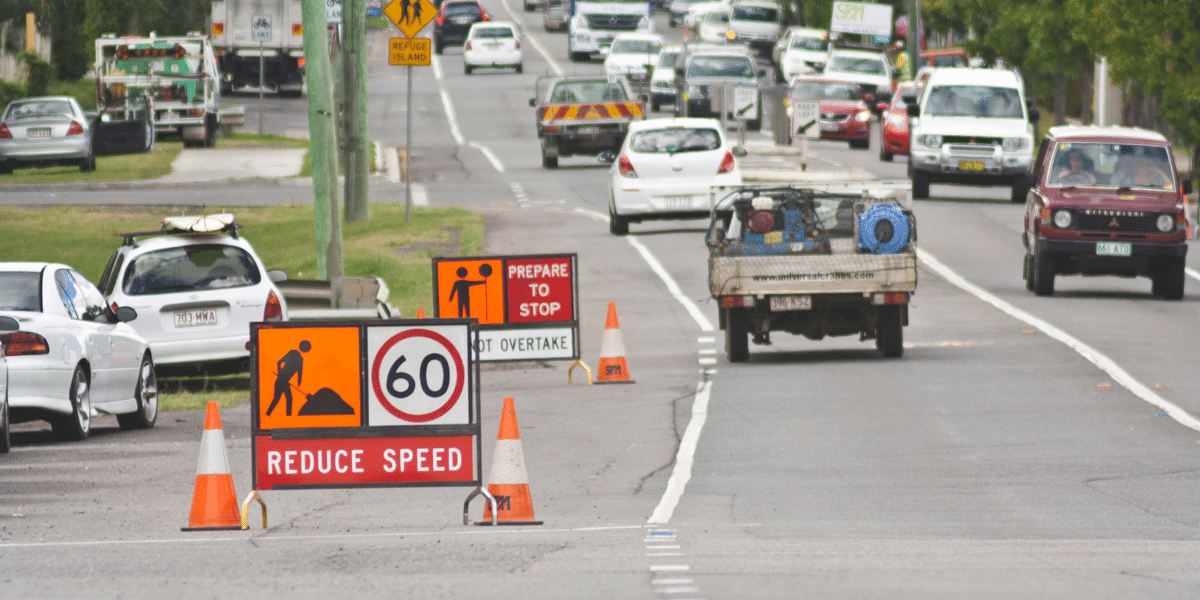

What is the minimum number of full service calls/min in a given environment.The system is looking at Host units currently in use and connected to an environment and not the host units assigned to an environment. In Dynatrace terms this means it counts all requests for WebRequest and WebService (except for external ones), RMI service, Messaging service and Custom services. External calls like database calls, external web requests or generally any opaque service call are not full service calls and not counted against your traffic limit. FAQĪ Full service call are server side calls that either start a distributed trace, start a service call at a deep monitored tier or custom service calls. This version is currently active in all Dynatrace saas environments. Network traffic sent to Dynatrace is less spiky because the traffic is managed based on the overall volume.Infrastructure hosts send no traces but increase the overall allowed volume.Low volume applications share their unused transaction volume with high volume applications that need it.High volume entry points can send more traces as the traffic is managed based on the overall volume that is sent to the Dynatrace environment.As a practical example this means that a moderate environment that consist of 50 hosts with 32gb each (100 host units) would process up to 25,000 full service calls per minute.
#TRAFFIC CONTROL LICENSE#
The allowed volume scales with your license guaranteeing fair value to all our customers. The allowed volume per minute is based on the actively used Host Units in a given environment: 250 Full service calls x active host units. In version 2 of Adaptive traffic management each process's limit is auto adapted and tuned so that overall a allowed service call volume per minute is sent to Dynatrace independent of your applications architecture. Additionally this behavior also leads to traffic sent to Dynatrace that might react spiky dependent on your applications traffic. If your architecture has a high volume entry point (load balancer, Nginx, …) that exceeds this then your traffic will be limited there. This version is currently the default and active for most Dynatrace managed clusters. In version 1 of Adaptive traffic management each process is allowed to start a fixed number of 1,000 new distributed traces per minute. This approach is called "adaptive traffic management." SaaS vs Managed - Adaptive traffic management version 1 vs version 2 Version 1 - Dynatrace Managed Once the distributed traces quota is reached, OneAgent applies an intelligent mechanism which makes use of the monitored traffic in the most effective way possible. Each OneAgent-monitored process is allowed to start a given number of distributed traces per minute. To manage this, Dynatrace OneAgent provides a built-in limiter. Capturing all traces all the time in such situations can lead to increased network bandwidth demands. Particularly with high volume cases, single entry-point tiers can process more requests than this. Due to the full end to end capture for each trace, second- and third-level tiers often capture more total service calls than entry-point processes.īecause of its high fidelity tracing, Dynatrace captures every single distributed transaction in the majority of cases.

A distributed trace can contain many service calls to many tiers. Each end-to-end distributed trace contains code-level and business insights.

With a standard setup, each Dynatrace OneAgent captures a certain number of new end-to-end distributed traces within each monitored process every minute. OneAgent captures a higher number of distributed traces than any other tracing technology on the market. Dynatrace high-fidelity distributed tracingĭynatrace OneAgent traces each distributed transaction end to end. In support of this, Dynatrace distributed tracing provides the highest level of data granularity and fidelity on the market. Tracing powered by PurePath® technology is also one of the core ingredients that enables Davis, the Dynatrace AI, to perform automatic baselining and root cause analysis. All of this is provided automatically, out of the box, with Dynatrace distributed tracing. In addition to service-level traces and response times, distributed traces also provide deep code-level insights, which enable method-hotspot analysis, request attributes, request and database analysis, and detailed error analysis. In contrast to other tracing technologies, distributed traces in Dynatrace are automatically captured by OneAgent. A single PurePath distributed trace is a full end-to-end distributed trace. A core feature of Dynatrace is the PurePath® distributed tracing capability.


 0 kommentar(er)
0 kommentar(er)
